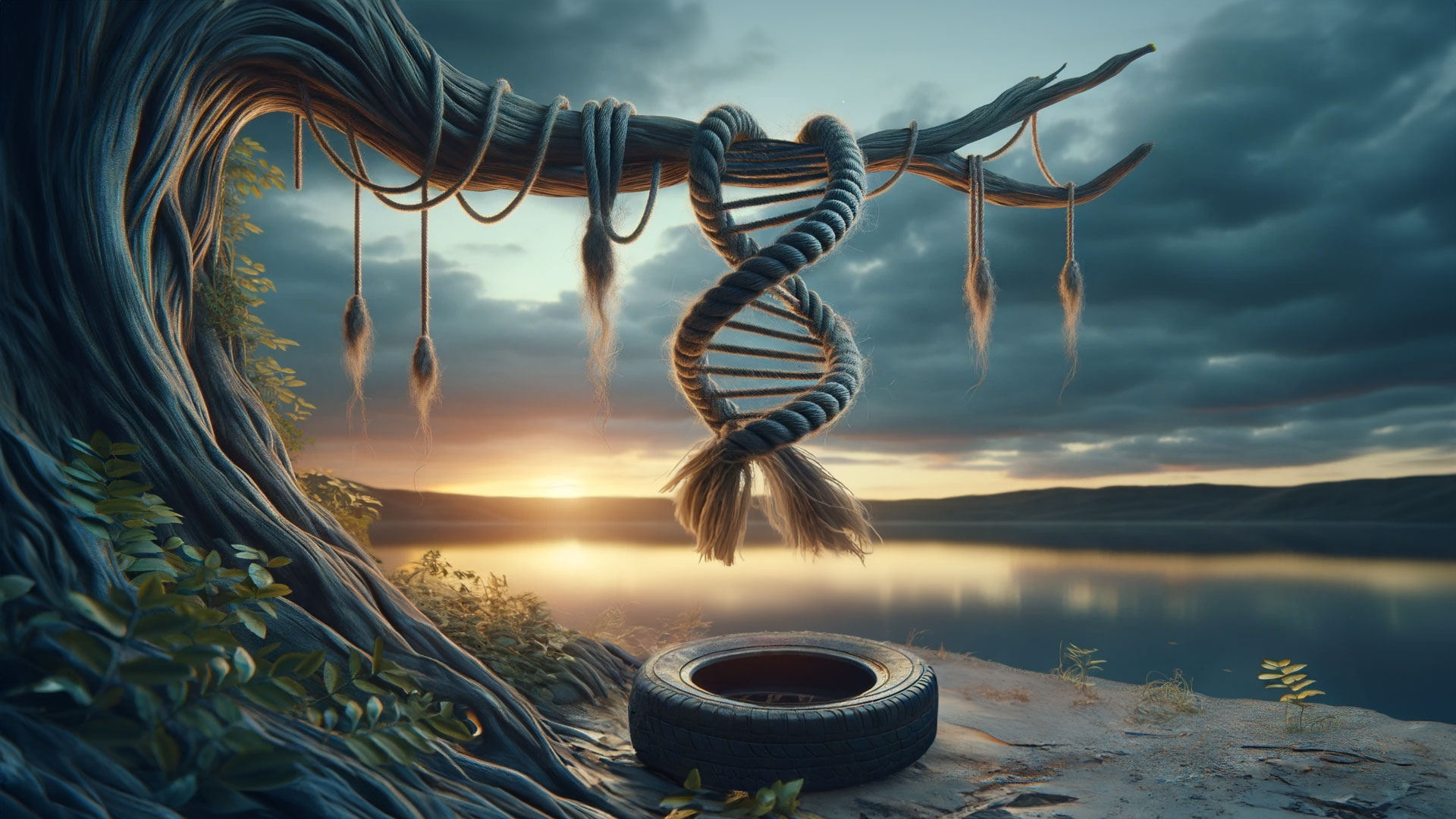Denaturation refers to the structural alteration of molecules, primarily proteins and nucleic acids, often resulting in the loss of their biological function. Triggered by factors like temperature and pH, this process has implications in diverse fields, from cooking to biotechnology, underscoring the balance that sustains biological activity.
Definition
Denaturation refers to the process by which a molecule, particularly a protein or nucleic acid, loses its native three-dimensional structure. This structural change typically results from the disruption of various bonds and interactions that stabilize the molecule, leading to a loss of biological activity.
Origins of the Term
- Etymology: Derived from the Latin “de-” (reversal) and “natura” (nature), implying a return to an unnatural or non-native state.
- Historical Perspective: The concept of denaturation dates back to early studies of proteins when scientists observed changes in the properties of proteins after applying heat or chemicals.
Fundamental Causes of Denaturation
- Thermal Denaturation: Heating disrupts weak bonds in proteins or nucleic acids.
- Chemical Denaturation: Agents like urea, detergents, or heavy metal ions interfere with the native structure.
- pH Changes: Extreme pH disrupts ionic and hydrogen bonds.
- Mechanical Stress: Physical forces can unfold molecules.
- Environmental Factors: Salt concentration and pressure can also influence denaturation.
Molecular Interactions and Structures
- Types of Bonds: Proteins and nucleic acids maintain their structure through hydrogen bonds, ionic bonds, hydrophobic interactions, van der Waals interactions, and disulfide bonds.
- Conformational Changes: Proteins possess primary (sequence), secondary (alpha helices and beta sheets), tertiary (3D folding), and quaternary (protein complex) structures. Denaturation can impact each of these levels.
Specific Examples
- Egg White Denaturation: Cooking an egg causes the clear egg white to turn white and opaque due to protein denaturation.
- DNA Denaturation: In PCR processes, DNA is denatured by heating to separate its strands.
Key Features of Denatured Molecules
- Loss of Function: Denatured molecules, especially enzymes, often lose their biological activity.
- Alteration in Solubility: Denatured proteins may precipitate out of solution.
- Change in Absorbance: Denatured nucleic acids can exhibit a change in UV absorbance known as the hyperchromic effect.
Reversibility
- Renaturation: Some denatured molecules can revert to their native structure upon removal of the denaturing agent.
- Irreversibility: Some processes can be irreversible, especially if molecules aggregate or form improper bonds.
Broader Implications
- Biotechnological Applications: Denaturation principles are vital in protein purification, DNA sequencing, and other lab techniques.
- Biological Relevance: Cells manage misfolded or denatured proteins using molecular chaperones and degradation systems like the ubiquitin-proteasome pathway.
- Medical Implications: Diseases like Alzheimer’s involve protein misfolding, a pathological form of denaturation.
Practical Considerations
- Stability: Bio-molecules must be stored under conditions that prevent unwanted denaturation.
- Experimental Conditions: Lab conditions are controlled to either prevent or induce denaturation, based on the objective.





